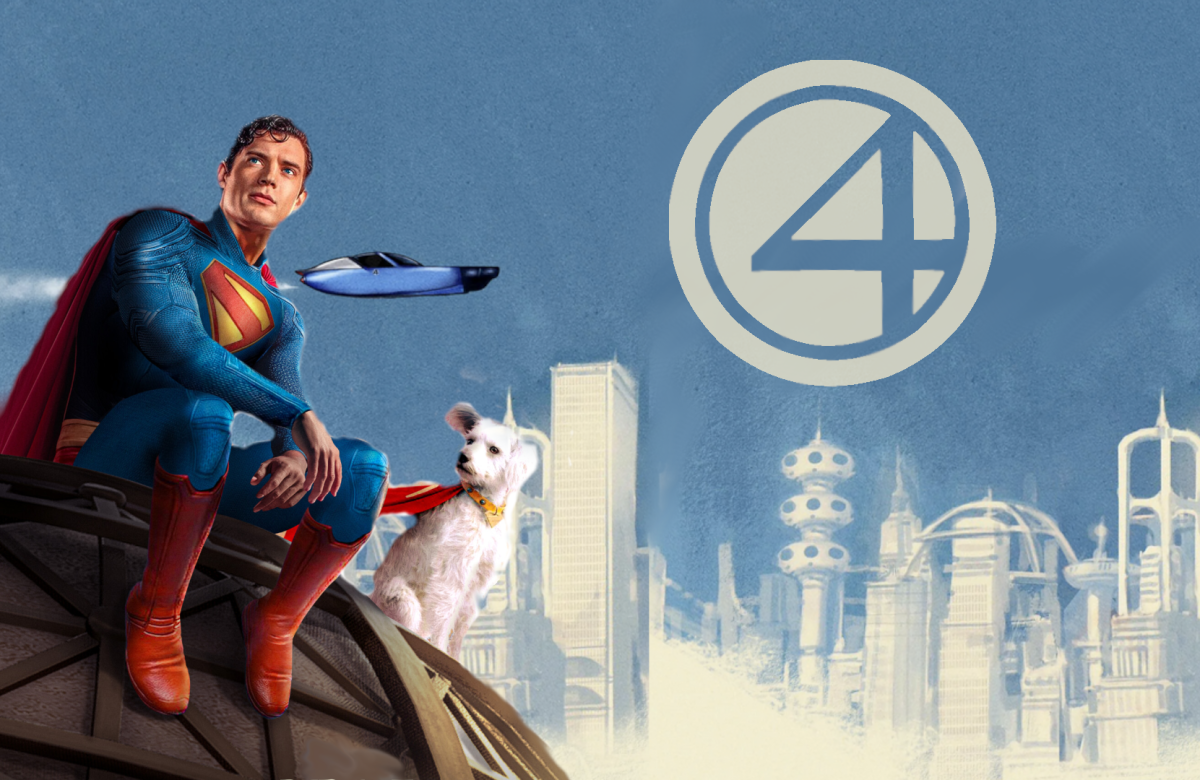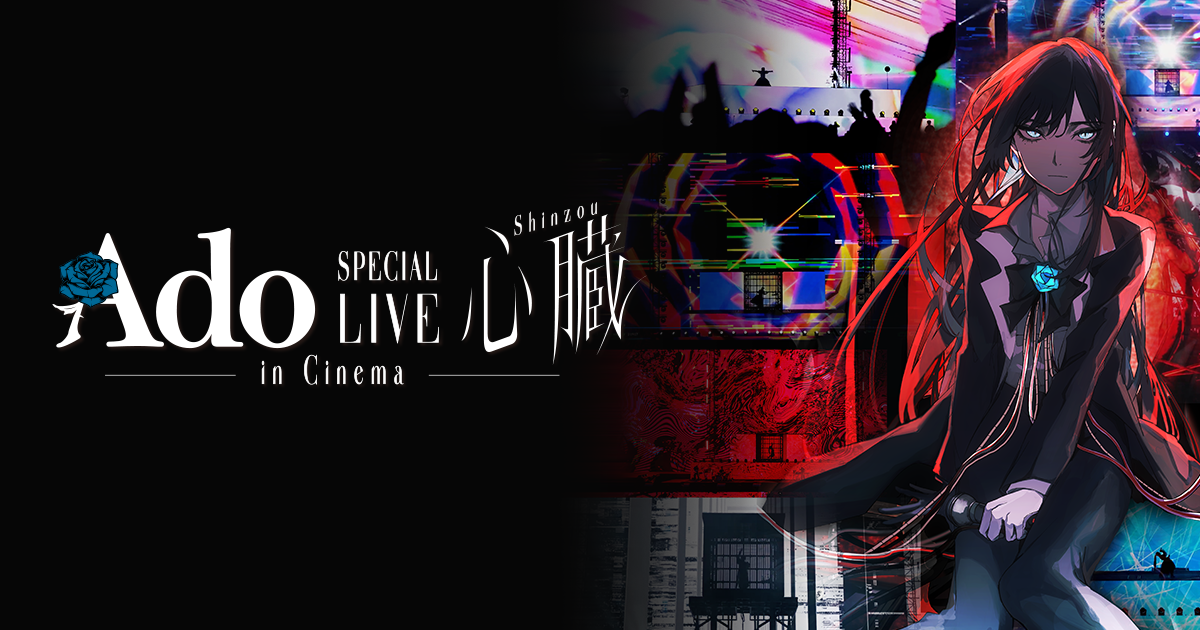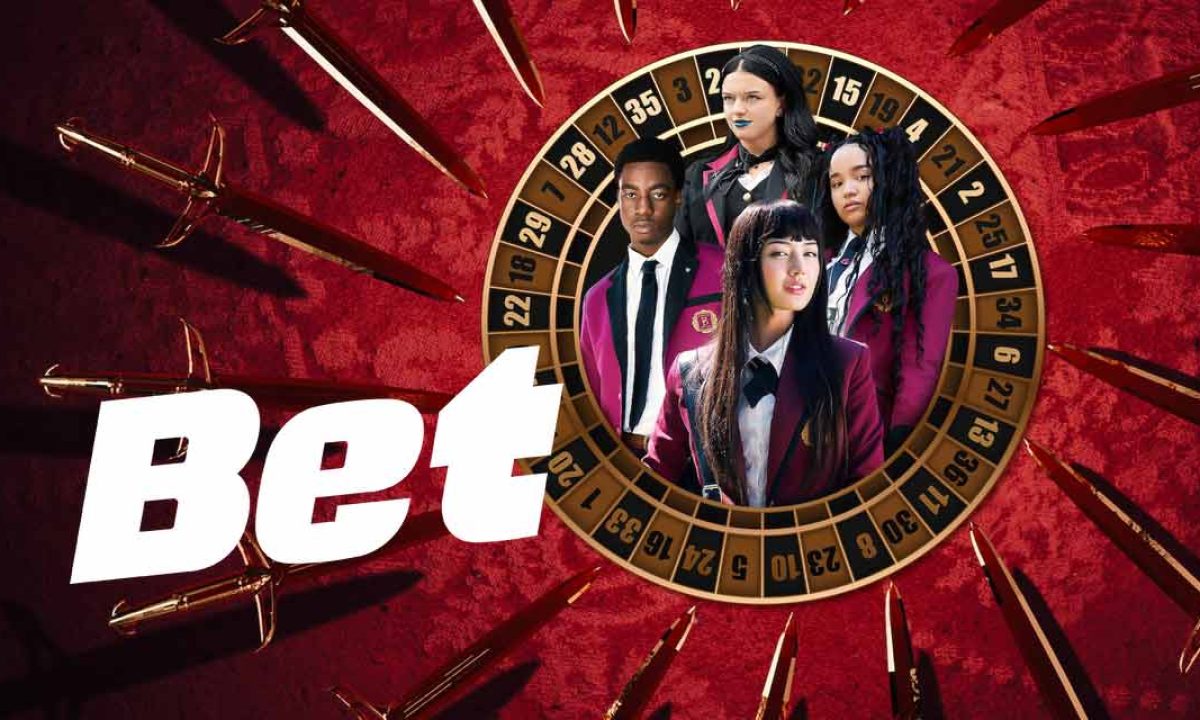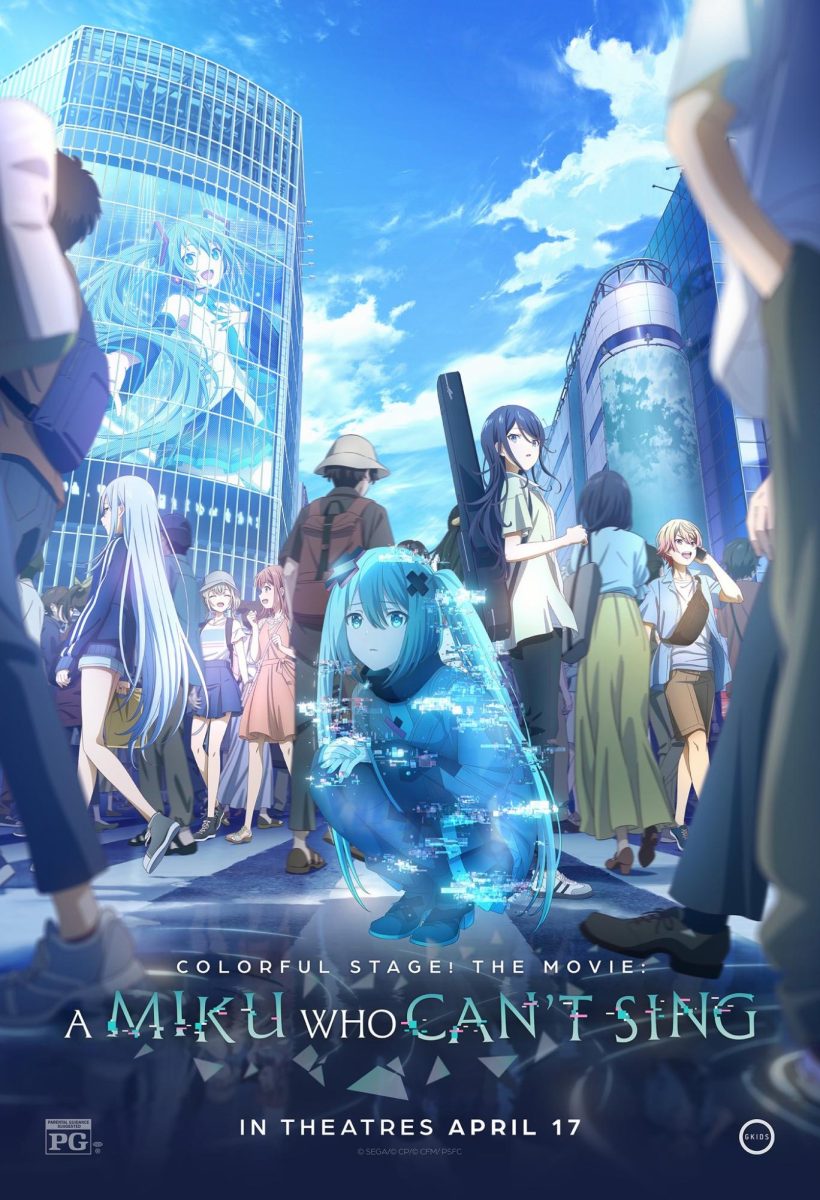Netflix’s “Lost in Starlight” is a love story set in a retro-cyberpunk Seoul of 2050, released May 30 of this year.
The film is a visual masterpiece, brimming with stunning animation. As the first South Korean feature-length animated production available on Netflix, it possesses all the hallmarks of a science fiction epic, from planetary exploration to a futuristic Seoul backdrop. Beneath the spectacle, however, lies a heartwarming love story that pushes the boundaries of animation in fresh and captivating ways.
The narrative introduces Nan-young, a scientist affiliated with the space program. Her inclusion in an upcoming Mars mission is initially met with hesitation from leadership, as her mother was lost on a similar voyage two decades prior. As Nan-young strives to achieve her dream, she encounters Jay, a gifted musician whose stage fright has hindered his career.
“Lost in Starlight” is drenched in color. From the lush greenery of Seoul’s parks to the warm reds and browns of its older buildings, the film boasts vibrant, sparkling starry skies and sunsets that would impress even animation director Makoto Shinkai, who is known for his films: “Your Name,” “Weathering With You” and “Suzume’s Locking Up.”
Korean animation director Han Ji-won’s collaborative approach with her lead voice actors imbues the central relationship with a cozy, realistic feel. This is particularly notable given that while both are veteran K-drama actors, this marks their animation voice acting debut.
Kim Tae-ri (“The Handmaiden”) voices Nan-young, and Nong Kyung (“Weak Hero”) voices Jay. The two previously appeared together in a live-action drama adaptation of the webtoon “The Uncanny Counter,” and their familiarity likely contributes to the adorably dorky dynamic between these introverted, emotionally vulnerable characters.
Under the direction of Han, the film avoids overwhelming the audience. It has the animation that lets moments breathe, giving weight to a soft glance exchange between two people who don’t need to fill every space with words. The film emphasizes atmosphere over spectacle, encouraging viewers to slow down and notice what’s happening.
Both the voice actors’ measured and sincere vocal performances bring their characters to life in natural, unforced and deeply human ways, adding to this sense of proximity. Because of this, the film offers poignant reflections on devotion and love. It also delicately explores how grief can manifest in unexpected ways, affecting individuals differently.
This storytelling resonates because it shows love’s resilience, how absence intensifies presence, and how we remain connected to people even when they’re distant. It encourages reflection on these feelings, prompting us to recall our own longings and find beauty in them.
“Lost in Starlight” is a strikingly beautiful film with deeply relatable characters, a convincing central relationship, an entrancing soundtrack, a compelling story and a tense and rewarding climax. Do not be dissuaded by narrow-minded criticisms that dismiss it as “not anime” simply because it is Korean.
For those who encounter “Lost in Starlight” on Netflix, it is a must-watch that will undoubtedly move you with its story, visuals and animation.















